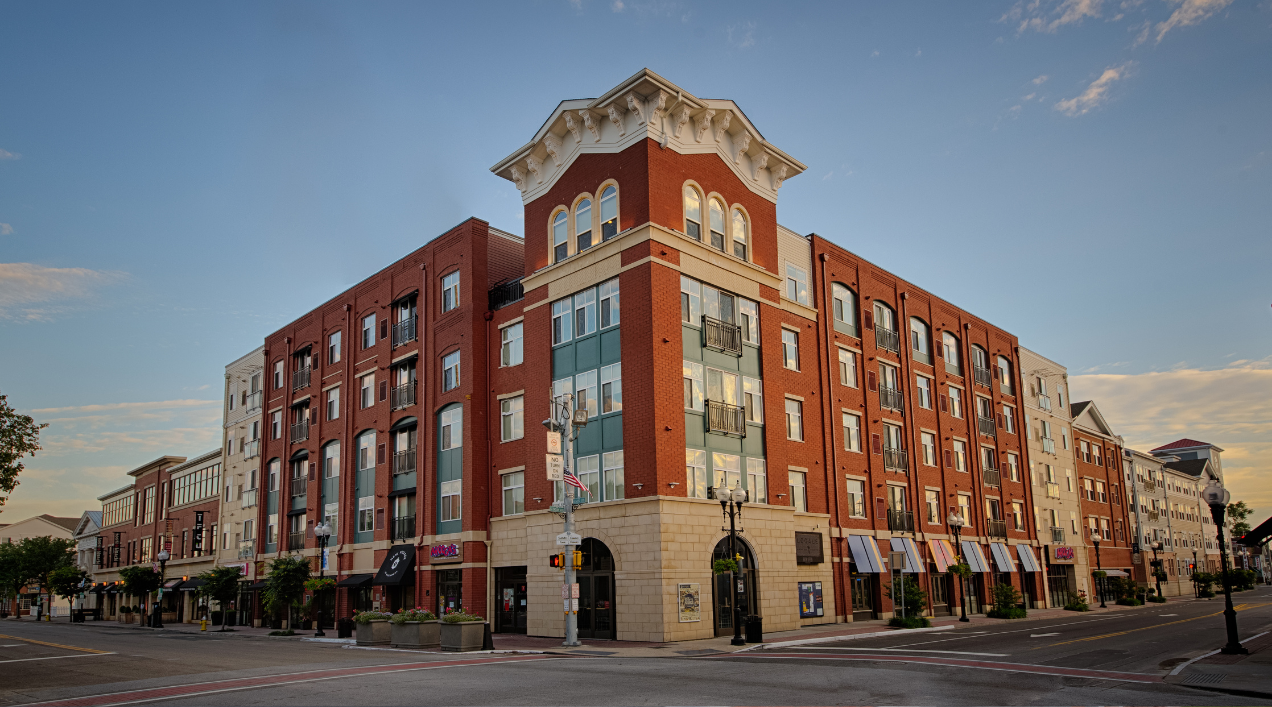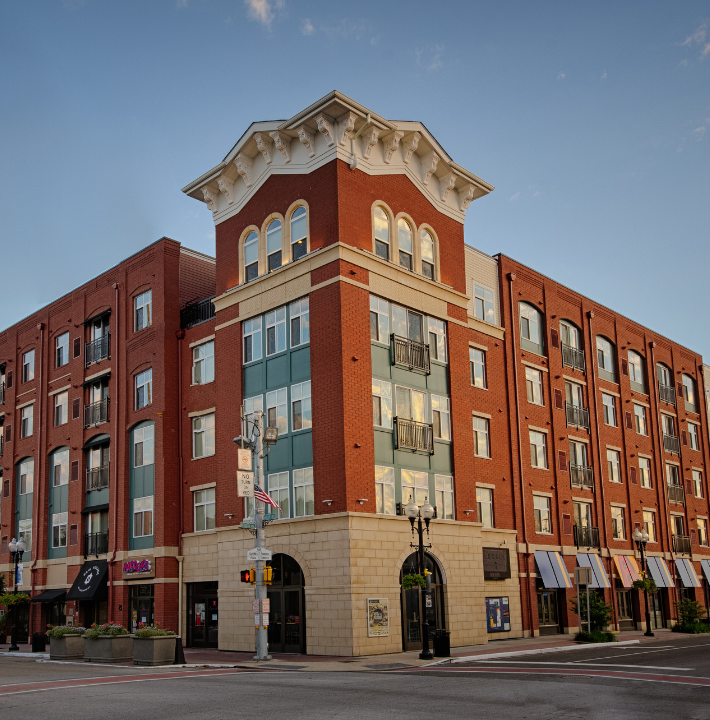- Tritec News
Patchogue Village sees dramatic gains in development a decade after Swezey’s closed
A decade after the closing of Swezey’s Department Store threatened to shutter Main Street, Patchogue has been reborn.
The old Patchogue — a down-at-the-heels mill town with boarded-up storefronts and a dubious future — is gone. In its place stands a contemporary village of chic shops, popular restaurants, hundreds of new homes and fashionable artists’ lofts.
Many officials who have watched Patchogue’s transformation over the past 10 years say the village is a model for other struggling Long Island downtowns, from Riverhead to Hempstead.
On a recent Saturday night in the village, partiers danced to rock and hip-hop music at a Railroad Avenue club that once housed a Knights of Columbus hall. Nearby on Main Street, folk-rocker Suzanne Vega played at the Patchogue Theatre for the Performing Arts, where earlier generations watched movies and vaudeville shows before the venue was boarded up in 1987.
Patchogue officials, residents and developers said reinventing the 2.2-square-mile village as an arts and entertainment hub required:
Approving apartment and townhouse complexes and developing affordable housing
Approving apartment and townhouse complexes and developing affordable housing
Refurbishing shop facades
Adding decorative lighting in pedestrian alleys
Boosting development of music clubs, art galleries and performance spaces
Reaction to development in the village has been positive, with some criticism over whether there are enough parking spaces for new residents and visitors. The village secured more than $30 million in federal, state and county government grants for upgrades, including $7.2 million to expand capacity at the village sewage treatment plant to accommodate new growth.
Developments such as New Village, a $100 million complex of apartments and commercial space now under construction, have helped reduce the downtown vacancy rate to less than 6 percent, Mayor Paul V. Pontieri Jr. said. Many of the village’s aging and antiquated stores have been supplanted by upscale shops, music clubs and eateries.
The Public House 49 bar-restaurant occupies a formerly vacant space at 49 E. Main St.; a few doors down, Roast Coffee & Tea and Bridgehampton National Bank took over the shuttered Carl & Bob’s clothing store. Restaurants, which numbered four in 2004, have quadrupled to about 16.
Developers say New Village and other projects that have reshaped the community were possible because Patchogue already had a strong infrastructure, and most importantly, its own sewage treatment plant.
Read the full article in Newsday.

